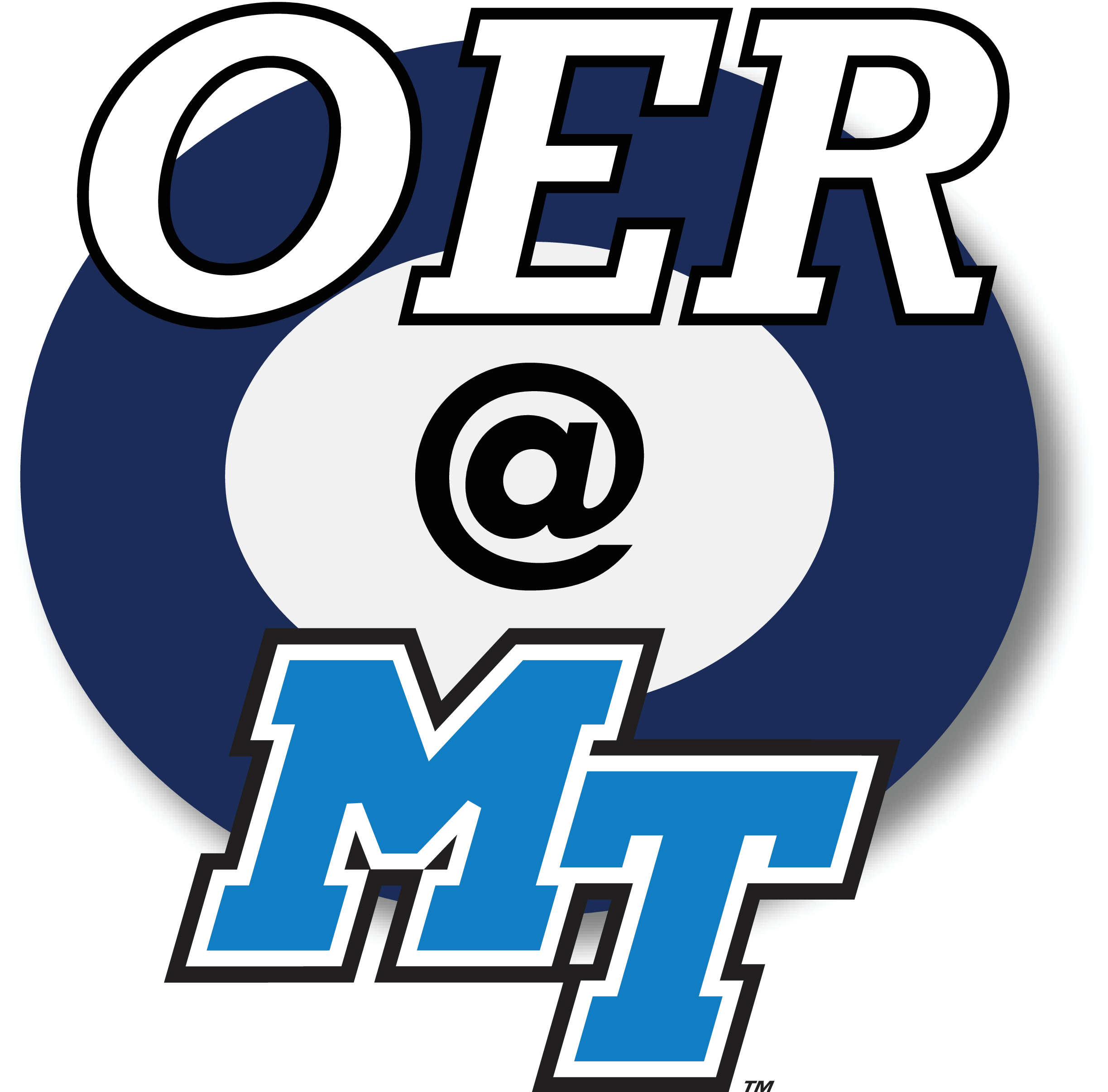Rhetoric and Argumentation
The chapters in this section specifically address rhetoric and argumentation. Understanding rhetoric is key to our success as writers, readers, and researchers. Whether or not you can easily define rhetoric, though, you’re already using it every day to structure communication and respond to others. Rhetoric is both the study and use of strategic communication—talk and text—in social interaction. As scholar David Bartholomae suggests, we “invent the university” each time we write, and we’d extend this understanding to suggest that we invent our world each day as we read and communicate. As we hope the following section demonstrates, argument is not everything, but it is an important area for research. The word rhetoric is often considered as synonymous with persuasion and argument, but the readings in this section invite us to consider how rhetoric also functions to bring awareness and understanding and how there are limits on argumentation. Rhetorical traditions beyond the western canon help us think broadly about communication and its cultural connections. We hope these ideas build on your existing understanding of rhetoric and argumentation and offer nuance (and not nuisance)!
Below, we provide a brief overview of the focus of each article in this section:
In “Beyond Western Rhetorics,” Kate Pantelides addresses the fact that much of our writing practices are influenced by western rhetorical tradition. However, she reminds us of other rhetorical traditions and practices that can be helpful for all of us in expanding our rhetorical tools and awareness. In particular, she briefly introduces the idea of North American Indigenous rhetorics, cultural rhetorics, and embodied rhetoric.
In “Defining Rhetoric & Practicing Rhetorical Analysis,” Jennifer Clary-Lemon, Derek Mueller, and Kate Pantelides provide definitions of rhetoric and rhetorical appeals, as well as offer descriptions and exercises that aid in conducting initial rhetorical analysis. Patricia Roberts-Miller’s Bad Idea About Writing: “Rhetoric is Synonymous With Empty Speech” refutes the popular notion that anything referred to as “rhetoric” is ultimately meaningless or meant to be misleading. Instead, she demonstrates an understanding of rhetoric that is central to effective communication.
Nancy Fox draws on ancient texts and contemporary theories of rhetoric to demonstrate the complexity of argumentation in Bad Idea About Writing: “Logos is Synonymous With Logic.” She argues that, in order to comprehend the functionality of arguments, a thorough understanding of logos is necessary.
Robin Jeffrey, Emilie Zickel, and Erica Stone explain what the rhetorical situation is in “Understanding the Rhetorical Situation.” These authors describe the different components of a rhetorical situation and offer prompts to help better consider each element.
“Using Rhetorical Appeals,” by Erica Stone, Melanie Gagich, and Emilie Zickel, is a chapter that explains some basic rhetorical appeals in depth so that they are easy to comprehend and identify when reading and analyzing.
In “Identifying Rhetorical Foundations For Research,” Jennifer Clary-Lemon, Derek Mueller, and Kate Pantelides discuss the recursive nature of research, how research may vary across disciplines, and the ethical use of research methods, as well as offer some exercises that will aid your understanding of these concepts.
Rebecca Jones discusses the usual blocks to ethical argumentation in Finding the Good Argument OR Why Bother With Logic? She offers three preferred argumentation models that provide practical methods for recognizing and inventing good arguments: classical rhetoric, Toulmin, and pragmadialectics.
In “Creating Arguments,” Melanie Gagich and Emilie Zickel offer discussion and prompts that help better understand features of arguments and what they accomplish.
“Beyond Arguments,” by Kate Pantelides, counters the popular belief that all writing is argumentative. Instead, she examines various argumentative and rhetorical forms and traditions that demonstrate how writing can be explicitly invitational, cooperative, and collaborative.
In “On the Other Hand: The Role of Antithetical Writing in First Year Composition Courses”, Steven Krause provides an alternate planning exercise: to explore the antithesis in your writing projects. His objective is to lead you to test the strength of your argument, which provides a way to generate content and strengthen an argument. This chapter provides strategies for developing counterargument and response.
both the study and use of strategic communication, or talk and text in social interaction; the way that rhetors/authors/writers/composers use language in order to communicate with an audience; the art of using language effectively so as to communicate with, persuade, or influence others
Figure of balance in which two contrasting ideas are intentionally juxtaposed, usually through parallel structure; a contrasting of opposing ideas in adjacent phrases, clauses, or sentences

